You will be surprised, but according to statistics, fungal diseases are one of the most common, and the most common nail infection is shingles. It seems to you that it is something far away and that will never affect you, no matter how it is.According to medical data, every tenth inhabitant of planet Earth suffers from a similar disease.
How to be one of the lucky 9 and not earn such an inconvenience on the hands or the feet? Why does the disease appear and how does it manifest? How to get rid of nail fungus at home? What is the best cure for nail fungus? Proven ways to combat antimicrobials and methods of traditional medicine.
Disease: causes and symptoms
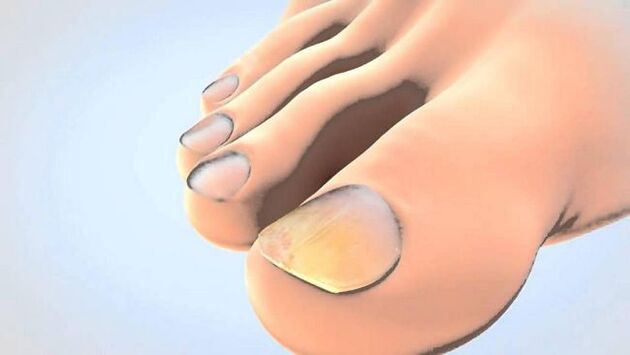
Onychomycosis, also known as dermatophyte onychomycosis, also known as shingles, is a fungal infection of the nail plate. Often the infection is confused with a non-fungal deformity, psoriasis, eczema. It is possible to clarify this point by laboratory research. Treatment of nail fungus is possible at home, but cunning infection is difficult to influence, returning with relapses and inflammatory processes.
Doctors among the main causes of the appearance of the disease on the hands and feet distinguish the following:
- Hot and humid environment, as a breeding ground for fungi and other microorganisms on the hands and feet. It is strongly recommended to carefully dry wet shoes, to use socks made of natural materials.
- Reduced immunity. Sometimes just going barefoot is enough to catch an infection. A course of vitamins, hardening and a respectful attitude to one's health will help strengthen the immune system.
- Active spores, which are so easy to infect in common areas. Getting into the hollows between the nails and fingers, they can lie dormant for a long time, suddenly waking up and spreading with instant defeat speed. Under no circumstances do not try and above all do not wear someone else's shoes. Danger can lurk in the swimming pool, sauna, bath, fitness center shower room, etc.
- Building. Especially true for lovers of extravagant manicure. The fact is that the extension leads to the appearance of microcracks on the surface of the nails of the hands. Once inside, the infection takes hold tightly and hosts, causing a lesion. Doctors advise to perform the extension procedure no more than once every 6 months, then you are more likely to avoid a fungus on your hands.
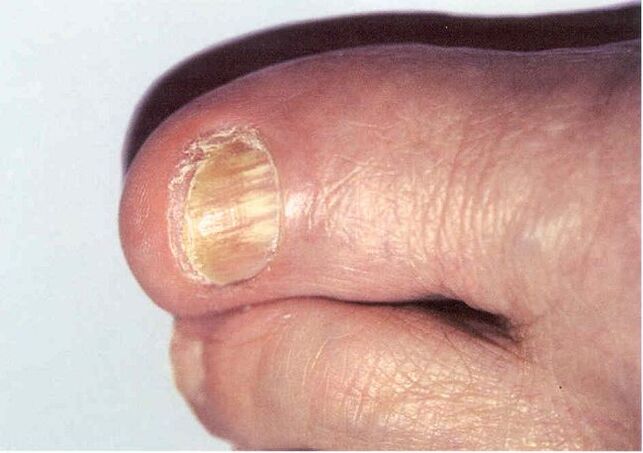
You can determine the fungus on the hands and feet at home, knowing the symptoms of the problem. The nails will begin to thicken or, on the contrary, become crumbly and thin. They will begin to tear off not only at the edges, but also over the entire surface of the nail plate. The shape will begin to deform, the structure will become scaly.
At first, it can be noted that the shine and elasticity have disappeared. Often blackening occurs, which should certainly alert you. Such a common problem as growth under the skin can also be a symptom of a fungus.
Against the background of infection, the digestive organs may also suffer, in particular, dysbacteriosis is observed, general fatigue, loss of strength, drowsiness and lowered immunity are characteristic. In children, it is easy to recognize a fungal disease by itchy sensations between the toes on the feet. The skin around the nails and feet can crack bloody, causing pain. Frequent eruptions. The color of the nail plate changes from pink to yellow.
How to get rid of trouble?
Official medicine offers several ways to treat fungus on the hands and feet. Be patient, because the treatment of nail fungus is a long and expensive process. An overview of the best techniques on how to effectively treat onychomycosis at home especially for you.
Most likely, the doctor will advise treating the nuisance with an antifungal drug of an oily, lacquer-like consistency. At the initial stage, such a remedy for nail fungus is what you need.
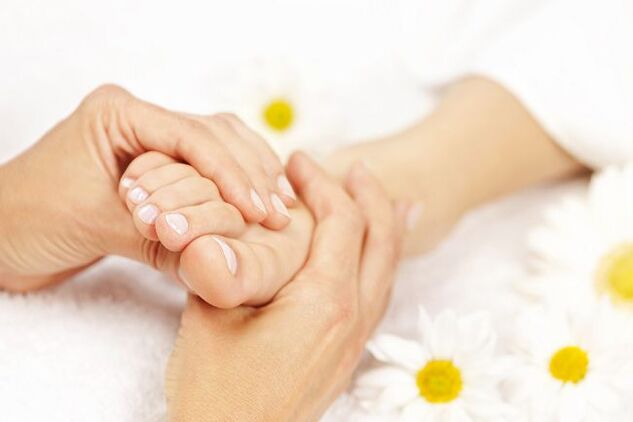
It effectively fights the lesion, showing tangible results after just seven days. Home medicine is applied to the nails daily, after cleaning the nail surface from the previous layer of varnish or medicinal antifungal oil.
Local antifungal drugs such as creams and solutions are not inferior to them in effectiveness.
They are more suitable for the complex treatment of the fungus, coupled with oral remedies aimed at treating various forms of candida or preventing them. Peroral drugs, that is, drugs for internal use, are very effective against fungi.
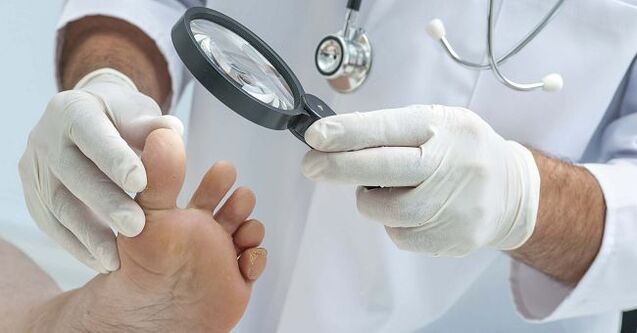
These drugs are great for treating fungal infections. However, if the case is neglected enough, only a combination treatment regimen, including lotions, gels, ointments, and other nail treatments, can help at home.
You will need to seek the help of a surgeon in the event of a serious injury. If the fungus has taken root, it is impossible to file it and treat it at home. The nail will probably be removed. Among modern methods, temperature procedures, cryotherapy, acid disinfection and laser fungus removal are advised. Do not forget that in addition to the desired elimination of the disease, you will encounter damage to the skin under the nail plate.
Alternate Recovery
Traditional medicine is always ready to offer a natural analogue in the fight against any problem. To treat nail fungus at home, you can:
- Iodine.
- Garlic.
- The vinegar.
- Celandine.
- Coffee.
- Bow.
- A soda.
- Laundry soap.
Iodine solution applied twice daily to the surface of the nail plate and surrounding skin dries out and destroys growing spores. Vinegar is a well-established way to treat mushrooms.
Apple cider vinegar is a folk recipe that saves you a lot of trouble and nail fungus is no exception.

Wipe your nails with vinegar twice a day for a week, and you will notice the first dramatic changes. For 4-5 liters of water, 250 ml of vinegar is enough. You can pour a bowl of cool water and add apple cider vinegar and hold the legs in it for a bit. In addition to fighting a fungal infection, this method does a great job of fighting excessive foot sweat and the unpleasant odor that comes with it.
Reviews say that vinegar is also used as a component of a therapeutic compress. You need to mix a glass of vinegar with a chicken egg and 150 ml of butter. The resulting porridge-like mixture is removed overnight in the refrigerator and applied in the morning to the nail fungus and adjacent areas.
Treating the fungus with celandine is as effective as removing warts with it. Apply the squeezed liquid from the plant to the affected area. After a week of daily use, it is recommended to wait five days and start the manipulation again.
Did you know that coffee is able to cope with the spread of fungus? You can win the battle against aggressive yeasts with a strong coffee bath. Prepare a strong drink, wait for it to cool to an acceptable temperature and lower your arms or legs for a few minutes. The upgrades won't keep you waiting long. After a dozen procedures, there will be no trace of the fungus.
A kind of chopped onion mask and a spoonful of honey work wonders and save from the fungus in a few days. Apply the mass to the inflamed area and the surrounding area, cover, leave for several hours. You can say goodbye to fungus symptoms after a week of daily use.
For children suffering from itching caused by a fungal infection, soda comes to the rescue. Such gentle nail treatment is suitable not only for children, but even for pregnant and lactating women. One teaspoon of baking soda is one tablespoon of water. The affected surface is treated with this mass at the first symptoms of onychomycosis.
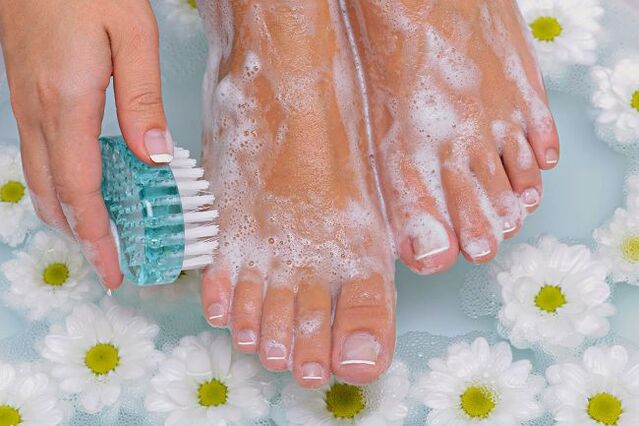
General recommendations
After recovery, do not rush to rejoice. You're still a treat for a fungal infection, because you haven't had time to fully recover from onychomycosis yet. Competent preventive measures now play a key role.
Using antibiotics increases the risk of developing fungal infections, so try not to use them unless absolutely necessary. Burns and frostbite can also lead to fungal diseases. Therefore, timely treatment will help to avoid the active spread of yeast.
Do not forget that you need to not only treat the affected area, but also clean the surrounding space from fungus. This means that a general cleaning is essential. Thoroughly disinfect all surfaces and objects you come into contact with.
Despite the effectiveness of traditional medicine, there is nothing more reliable than consulting a professional. Don't self-medicate. The doctor will prescribe this or that medicine, and also, with a high probability, will recommend something from folk methods.
A common mistake with nail fungus is a coating of varnish in order to hide flaws. Know that by doing this, you will only make the situation worse. By hiding the flaws, you are not solving the problem that requires treatment.
A good preventive measure against infection is to take regular mint broth baths for the hands and feet. You can also add twine, chamomile and other herbs.
The fungus is contagious, so tactfully let your family members know about the problem so they can be more self-aware and take care to maintain their health. The preventive methods described above will be more appropriate than ever in such a situation.
There are many ways to treat nail fungus. Which one to give preference to exactly, only the doctor will tell. Do not start mushrooms.It is better to do with folk or medical methods in the early stages than to be in the operating room with a surgeon.
Do not put yourself in a serious condition, do not paint the fungus with varnish, do not ignore the disease. After the transfer of the fungus, pay attention to preventive measures, they will help to avoid infection in the future.

















